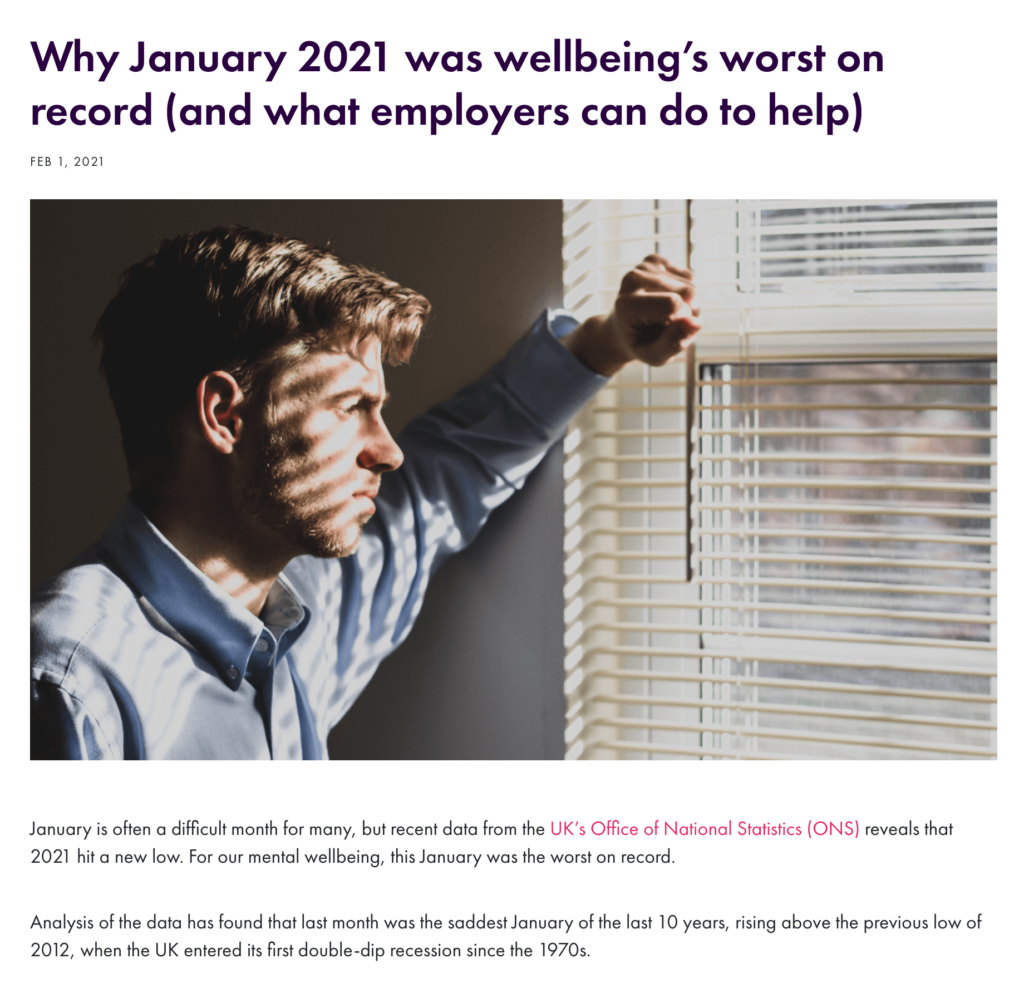At some point, every PR professional struggles to find interesting story angles and create newsworthy stories.
Let’s face it: nobody cares if your company is the “largest homegrown retailer in the region” or the “best employer in the world”.
On the other hand, when one comes across a headline that reads, ‘550,000 travelers used Airbnb on New Year's Eve’, it’s sure to catch their attention.
It’s a great data-driven storytelling example: Instead of making a generic statement here, Airbnb used consumer data to tell an engaging story through an animated video which got them a good amount of media coverage.

This tells us that if you want to stand out in a noisy market, you need to start exploring storytelling PR and creating data-driven stories.
Data has the power to establish authority, build trust, and inspire action, but how that data is communicated matters a lot.
This is why data-driven storytelling can be pivotal in your PR strategy. It helps you use data to communicate insights and craft a powerful narrative that’s both persuasive and memorable.
To unlock the full potential of your PR strategies, delve into the world of data-driven storytelling at PR Episodes 2024. Register now to watch the recordings and get ready to be inspired.
Let’s look at how you can use data to amplify your storytelling PR efforts and secure more coverage.
- Find a story angle
- Gather data from reliable sources
- Build a compelling narrative
- Create visuals to present data
Storytelling PR in practice
1. Find a strong story angle
Before you start working with data, you must ask yourself what story you want to tell.
As a MasterClass rightly puts it:
In public relations, the best angles highlight the unique qualities of the clients they represent. Journalists receive hundreds of (press) releases a day—to be noticed, there must be some kind of angle to intrigue the writer after they give it the briefest of cursory glances. Why should they care? Why do they need to write this specific story?
Here are a few ideas to get you brainstorming on story angles for your storytelling PR efforts:
- Offer solutions
- Highlight trends and patterns
- Present surprising facts or concerns
- Provide insights
- Piggyback on a current news story (and tie it back to your brand)
- Share human interest stories
Remember: the story angle you choose needs to help you meet your brand objectives while being interesting to readers.
Once you know what you want to achieve from the PR campaign, you can start finding data to build and strengthen that story.
2. Gather data from reliable sources
When we are dealing with a deluge of data, the real challenge lies in finding the right kind of data to tell an interesting story.
There are two types of data sources:
- External: data that is available to the public
- Internal: data that exclusively belongs to your company
While external data sources include government data, industry reports, and published studies, internal data is the most powerful asset because it is unique and exclusively yours.
Here are some ways to gather internal data for your PR campaigns:
- Create surveys to gather interesting data and identify trends
- Perform market research
- Dig into consumer data to extract insights
- Check Google Analytics to study website behavior and identify patterns
- Repurpose customer success stories into data-driven PR stories
- Study company sales trends and release reports
Take the online dating site OkCupid, for instance. They used their consumer data to create a report titled ‘Future of Dating’, which talks about the biggest dating trends of 2021. Many leading publications covered this report.
3. Build a compelling narrative
Raw data is meaningless. What’s important for data-driven storytelling is extracting value from that data and weaving a compelling narrative that helps people understand and digest that information.
Start by grouping the data into categories. Check if any statistic stands out—sometimes, one startling statistic is all you need to build a story on.
If nothing stands out on its own, see if you can compare categories or make correlations.
The idea is to pick a few interesting data points, give them meaning, and create context. This comes from knowing who your target audience is and developing a story that would resonate with them.
Then, before narrowing down the data points to include, ask yourself: so what?
4. Create visuals to present data
If you think sending a text-heavy press release to journalists and editors is enough to get you coverage, you’re mistaken. It’s equally important to present your data in a visually appealing manner.

Data can be intimidating, and creating visualizations will help you:
- Make data engaging and digestible
- Identify trends and outliers
- Reinforce an argument
- Highlight important sets of data
Moreover, the fact that press releases with visuals garner nearly twice as many views as text alone proves that sharing visuals to complement your data-driven PR story is a must-do.
Depending on the data and target audience, you can create data visualizations such as:
- Infographics: to give an easy-to-understand overview of a concept
- Charts: to compare categories, show changes, or reveal relationships
- Diagrams: to map out processes or connect ideas
- Maps: to represent geographic or regional information
For instance, Venngage created an infographic to present the impact of the COVID-19 pandemic on the environment.
After collecting data from multiple sources and plotting the narrative, we pulled out the key data points and designed a comprehensive infographic. We then reached out to journalists and writers who covered environmental issues.
The infographic was well-received by nonprofit organizations who shared it with their audiences on social media platforms and blogs. It's a great data-driven storytelling example to draw inspiration from.
Boost your storytelling PR efforts with data
In addition to having good communication, creative writing, and media relations skills, today’s PR professionals must also be effective, data-driven storytellers.
The ability to tell stories through data will help you boost your data-driven storytelling efforts and develop campaigns that will garner media interest and appeal to the general public.
Cover photo by Alexander Sinn

